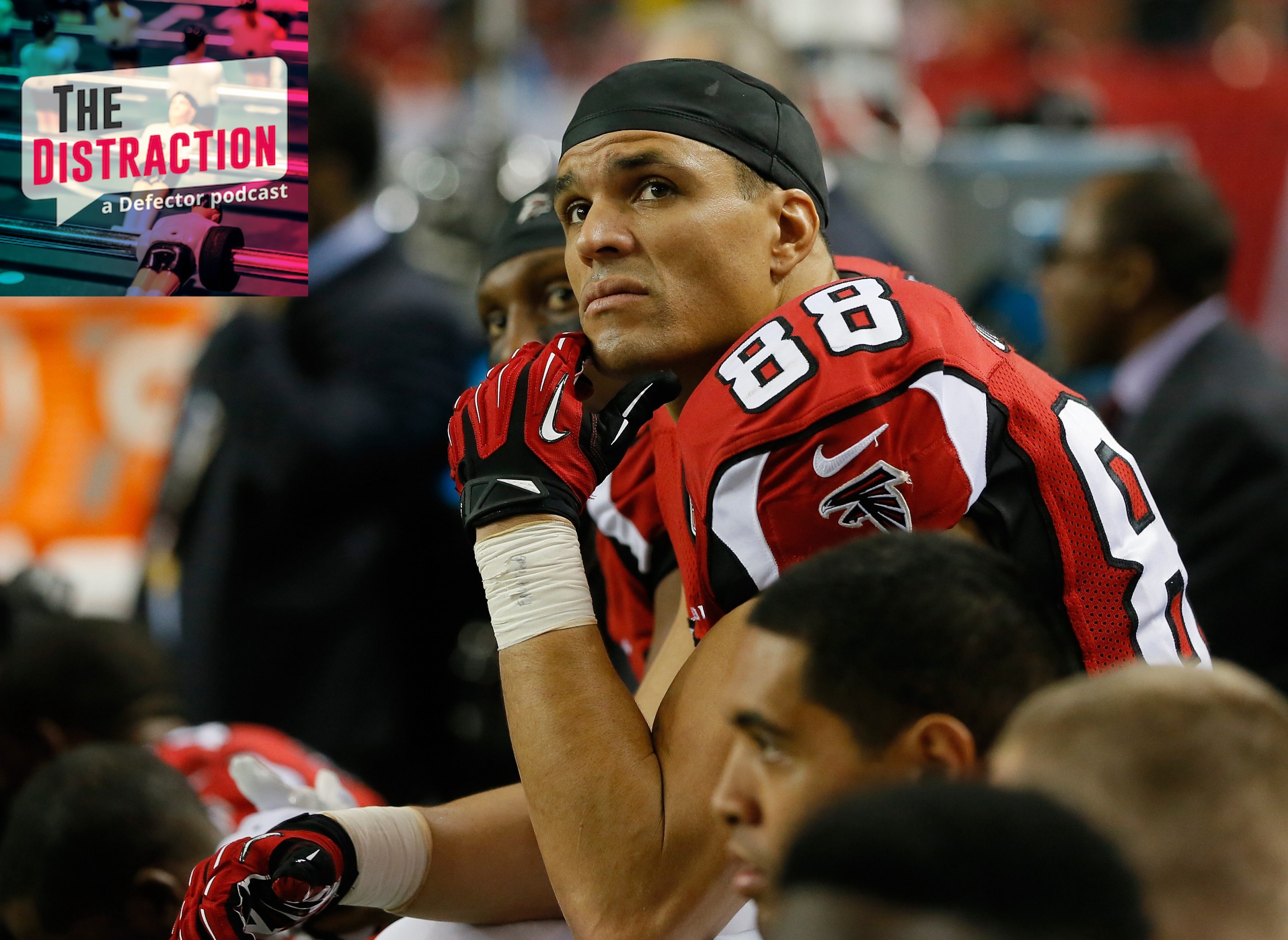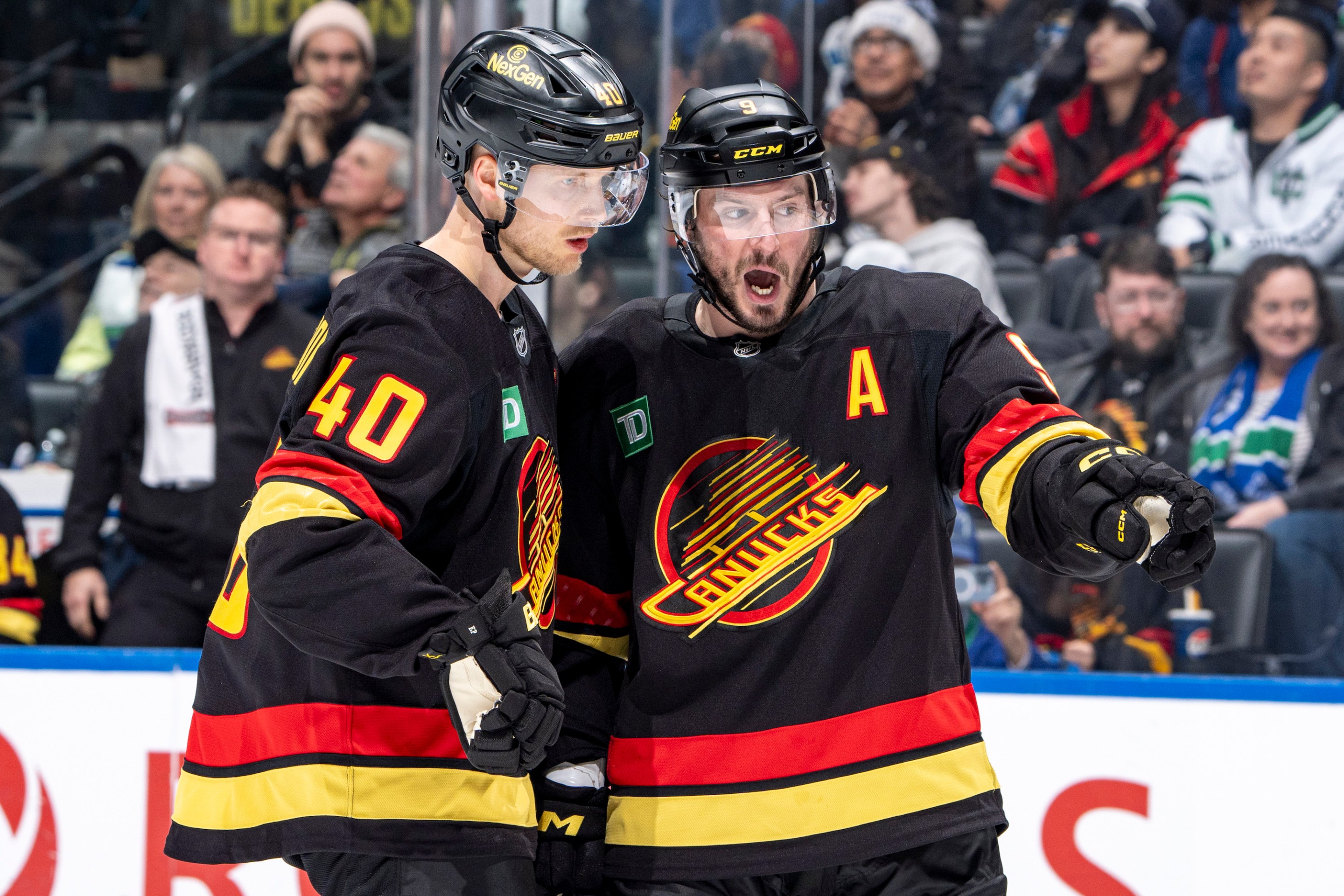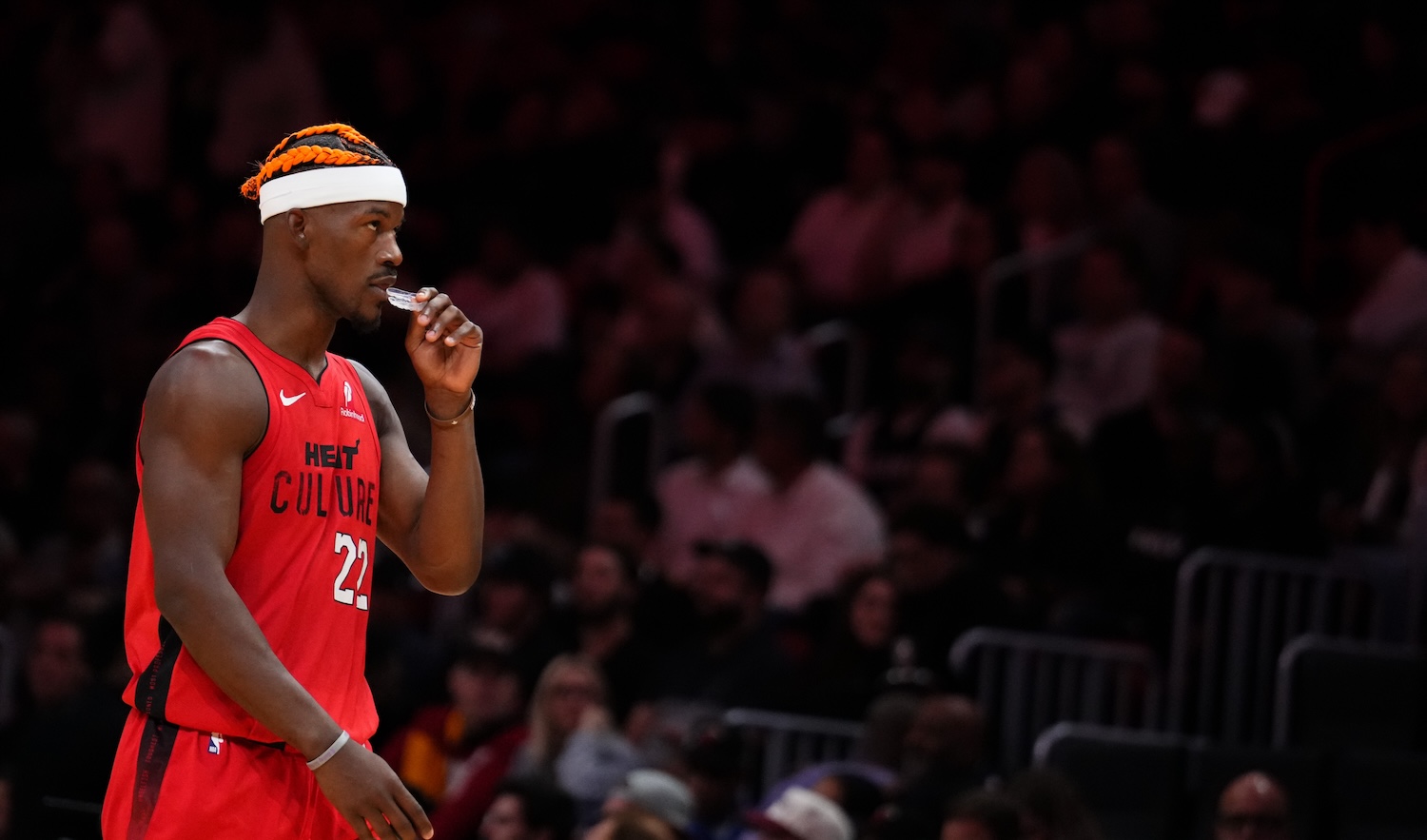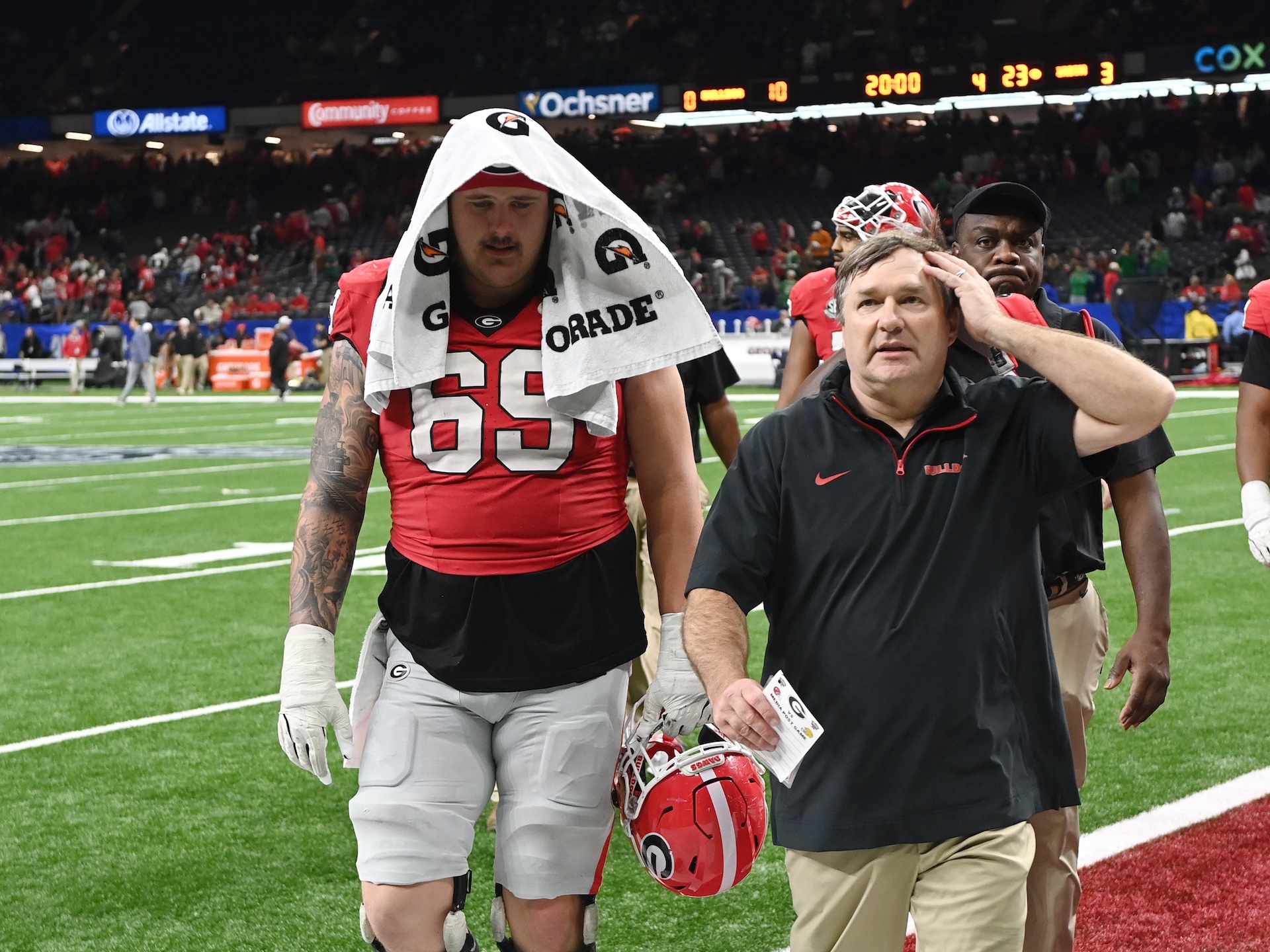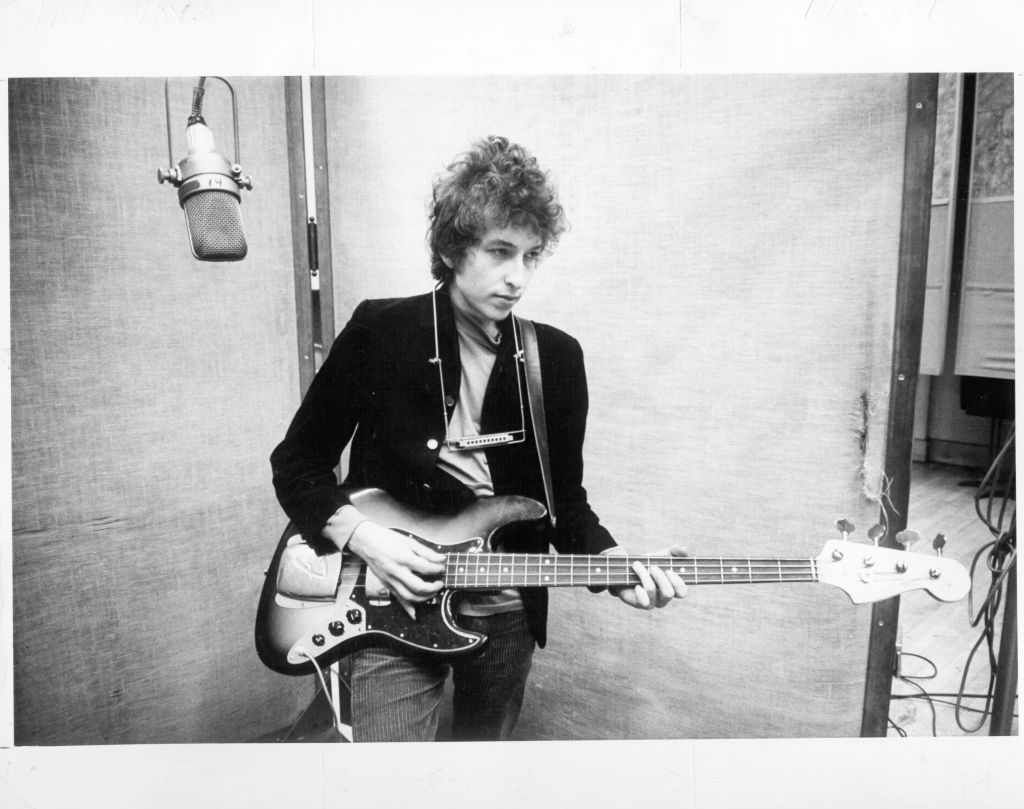It is the nature of sports fans to sort things. You've got your good teams and your bad teams and wins and losses and so on, but you do not need to be Bill Simmons to construct a stately pleasure dome of tiers and sub-pantheons and then populate them with the players and teams and moments that you believe belong in some specific spot or other. The annoying part is elevating those hierarchies to the level of holy writ, or really just talking about them too seriously for too long. But to some extent this is just how people remember things, and understand them—you put things in the place you think is right, so you can find them if you ever need them. So it is normal, I'd say, to have somewhere in your head a list of the coolest tight ends you've seen play. This does not mean you need to talk about it, or put it in the comments. But there are worse things to think about. Anyway, it wasn't until we booked Tyler Dunne, who writes the fine football newsletter Go Long TD and wrote the upcoming book The Blood And Guts: How Tight Ends Save Football, for this week's episode of The Distraction that I really thought to check in on my own rankings.
They're up there, of course, more or less where I left them. As I suspected, the list was extremely current: Of the eight or 10 really memorable tight ends I've seen in four decades of watching football, most of the top half are playing right now. Some of that reflects the way that the NFL has changed just in the last couple of decades—the athletes are not just bigger and faster than ever before, but also freer to do cool things—and some of it reflects the way that this particular position has changed, and is changing, before our eyes.
A position that was dominated by rectangular goons with perms when I was a child now features a host of the most astonishing athletes ever to play it, many of whom are adding, week by week, to the game-warping disruptions represented by the players who preceded them. In his book, Dunne traces how this position first came to be, when a coach first let Mike Ditka run a route, and then how it came to become the cool, improbably new, still-changing part of the game that it has become. And for the first part of the podcast, that's what we talked to him about, just three grown adults talking about tight ends, or more to the point two adults being like "do you have any other stories about how cool Kellen Winslow was?" or "what about that time Mike Mularkey tried to make Tony Gonzalez play more like Mark Bruener?" or "remember Ben Coates?" and then Tyler patiently answering those open-ended queries.
While we moved on to contemporary football questions in the back stretch of the episode, the first half works well, I think, as proof of one of the strangest and most compelling things about the NFL as it exists today, which is the question of how a sport so defiantly and even proudly backward can manage to remain so far up its own ass while also changing so much, in so many ways, and generally in ways that make it cooler. It doesn't seem possible, but then, just at a conceptual level, it does not seem possible that a player as fast as Darren Waller could also be as huge as Darren Waller.
The last third of the show was, as is the custom, notably less conceptual. We remembered human blocking sled Howard Cross, and cautiously appended our seals of approval to Pat McAfee's broader deal, and assessed the bigger and worsening existential problem of brands sending birthday emails to humans or, like, doing tweets about 9/11. Not everything gets cooler over time, but this makes it all the more worthwhile to spend some time appreciating the things that do.
If you would like to subscribe to The Distraction, you can do that at Stitcher, or through Apple Podcasts, Spotify, or wherever else you might get your podcasts. If you’d like to listen to an ad-free version of the podcast, you can do so on Stitcher Premium; a free month of Stitcher Premium can be yours if you use the promotional code “DISTRACT.” Thank you as always for your support.
